
 The Crack in Space
The Crack in Space
By Philip K. Dick; Performed by Benjamin L. Darcie
Publisher: Brilliance Audio
[UNABRIDGED] – 7 hours
Themes: / racism / politics / alternate worlds / parallel universes /
Publisher summary:
When a repairman accidentally discovers a parallel universe, everyone sees it as an opportunity, whether as a way to ease Earth’s overcrowding, set up a personal kingdom, or hide an inconvenient mistress. But when a civilization is found already living there, the people on this side of the crack are sent scrambling to discover their motives. Will these parallel humans come in peace, or are they just as corrupt and ill-intentioned as the people of this world?
Philip K. Dick’s The Crack in Space was published in 1966, however the novel has its genesis in the short story Prominent Author which debuted in the May 1954 issue of IF: Worlds Of Science Fiction. This story has been featured previously on the SFFaudio website and is available as a PDF.
The focus of this story is a futuristic teleportation device known as a Jiffi-scuttler which is a product of the Terran Development company. In the short story, a prototype of the device is defective, which while works as a teleportation device, also serves as a sort of gateway into alternate times and/or realities. I recommend reading the short story first before tackling the novel as some of the key concepts are introduced which took some time to get used to in the full length novel.
The Crack in Space take places in the year 2080 and is interesting to read today as the focal character Jim Briskin is in the midst of a political campaign to become the first black president of the United States. This campaign takes place at a time that the country is still very much racially divided, with the population divided between “Cols” and “Caucs,” terms which are abbreviated forms of the words “Coloreds” and “Caucasians.” Due to the overpopulation, a large number of people (mostly “Cols,”) are kept in a state of cryogenic sleep while waiting for a time when the economy turns around and a solution to the overpopulation problem is found. These people are referred to as “bibs.”
The narration is handled by Benjamin L. Darcie who does a great job with the material. Benjamin also handles narration for Philip K. Dick’s A Maze of Death as well as has narrated a variety of other crime, sci-fi/fantasy, and horror titles. In addition to acting and film, Ben Darcie is also the beer editor for West Michigan’s REVUE magazine and known for the Beer Tasting Classes he hosts at breweries around Grand Rapids. I recommend the audiobook of The Crack in Space as a very interesting read with a contrasting mid-60’s view of the future given the current state of politics in the United States.
Posted by Dan VK
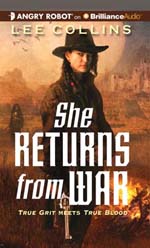 She Returns from War (Cora Oglesby #2)
She Returns from War (Cora Oglesby #2)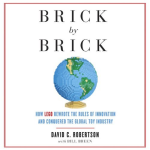
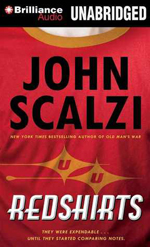 Redshirts
Redshirts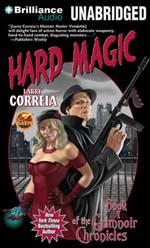 Hard Magic (Grimnoir Chronicles #1)
Hard Magic (Grimnoir Chronicles #1)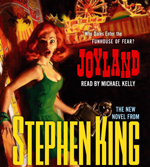 Joyland
Joyland